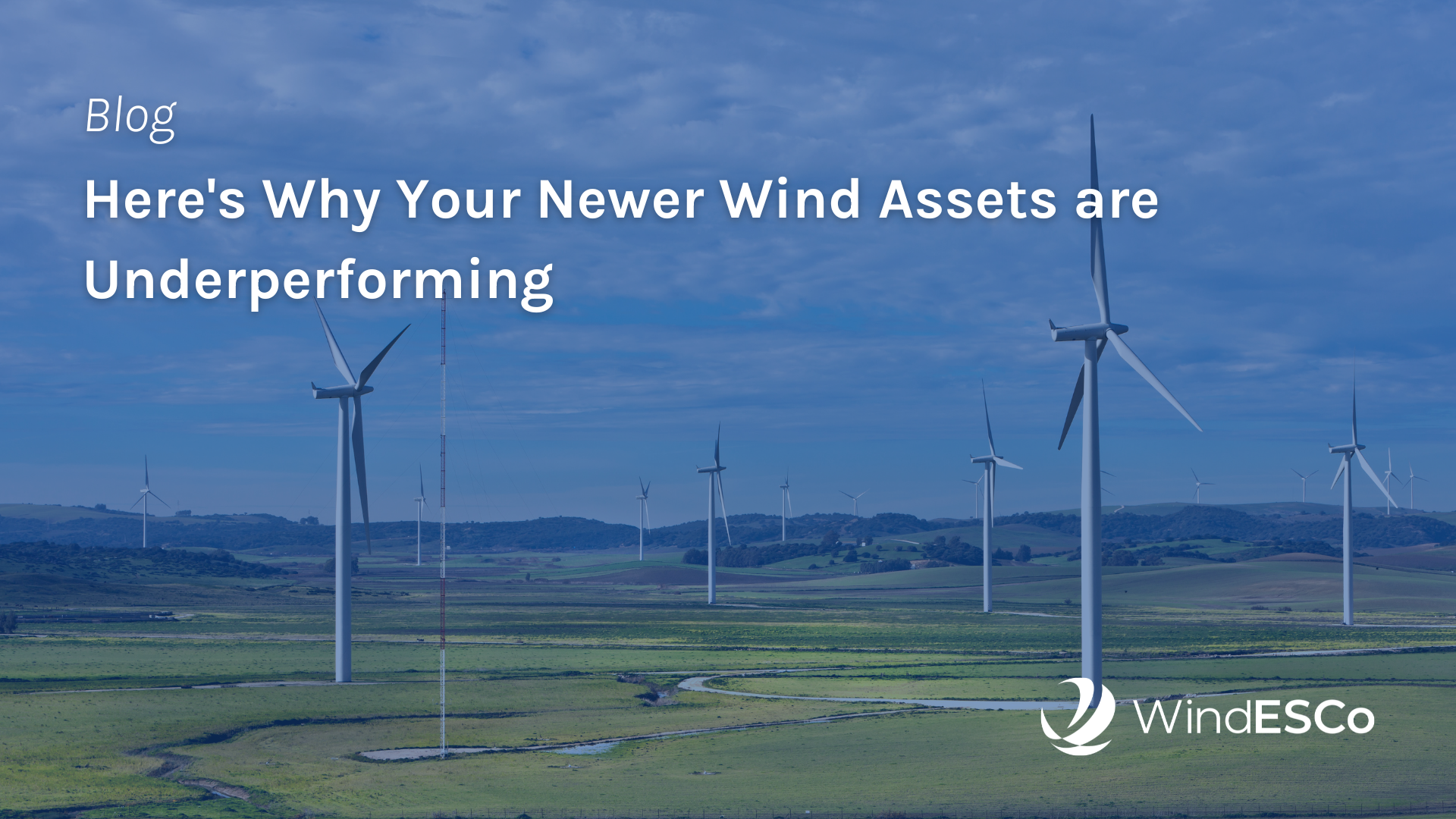Energy Improvement Assessment: Side-by-side analysis
Previously, we've shown that nacelle power curves aren't reliable due to the interaction between the turbine performance and the nacelle transfer...
The race to roll out increasingly larger wind turbines among different OEMs has begun. For example, the new GE Haliade-X wind turbine has a rotor diameter of 220 m (107 m blades) and a turbine height of up to 260 m.
There are 2 clear motivations to develop larger wind turbines:
As the industry pushes to develop increasingly larger wind turbines, it might be assumed that many of the primary performance issues plaguing previous generations of wind turbines (e.g., static yaw misalignment) would have been addressed. However, to what extent are advancements in engineering and the increasingly sophisticated system monitoring (especially offshore), helping to improve performance and mitigate common turbine issues?
WindESCo leverages high-speed SCADA data and advanced analytics to identify turbine issues negatively impacting annual energy production (AEP). Historically, static yaw misalignment, which occurs when a turbine is not properly pointed into the wind, has been a major source of underperformance.
Analysis of operating wind farms with a commercial operation date (COD) before 2015 discovered that approximately 56% of the wind turbines at any given wind plant were exhibiting yaw misalignment and were reducing site AEP by 0.6%.
Examining a similar capacity database of sites and turbines with CODs spanning 2016 through 2019 (including those sites under Long-Term Service Agreements), WindESCo often finds the percentage of turbines per site operating with static yaw misalignment greater than 56%.
At a European site, we found 83% of the wind turbines examined per site exhibiting static yaw misalignment, which negatively impacted site AEP by approximately 1.7%. After fixing this underperformance issue at the wind farm, the plant was able to gain over €71,000 back in lost revenue.
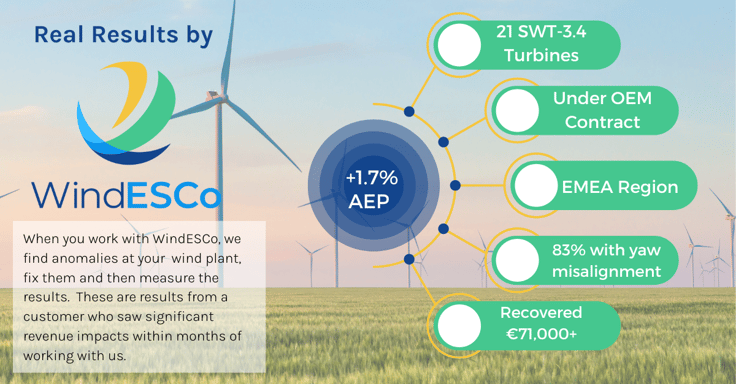
Therefore, wind turbine engineering and sensor-based monitoring may be increasing sophistication and complexity, but major sources of underperformance including static yaw misalignment remain.
AEP will naturally benefit from larger wind turbine blades and increased turbine heights, but there is significant AEP lost when owners, operators, asset managers and investors assume their newer assets are immune to these age-old underperformance issues.
To combat static yaw misalignment and other sources of wind turbine underperformance, WindESCo offers Find, Fix, Measure to find these issues while leveraging extensive subject-matter expertise to provide actionable recommendations to correct these issues.
To date, WindESCo has provided recommendations to correct static yaw misalignment on several GWs of wind capacity, allowing wind energy stakeholders to recover what would otherwise be lost AEP and revenue.
Interested in increasing the wind energy production for your existing wind sites? Contact us to recover your losses.
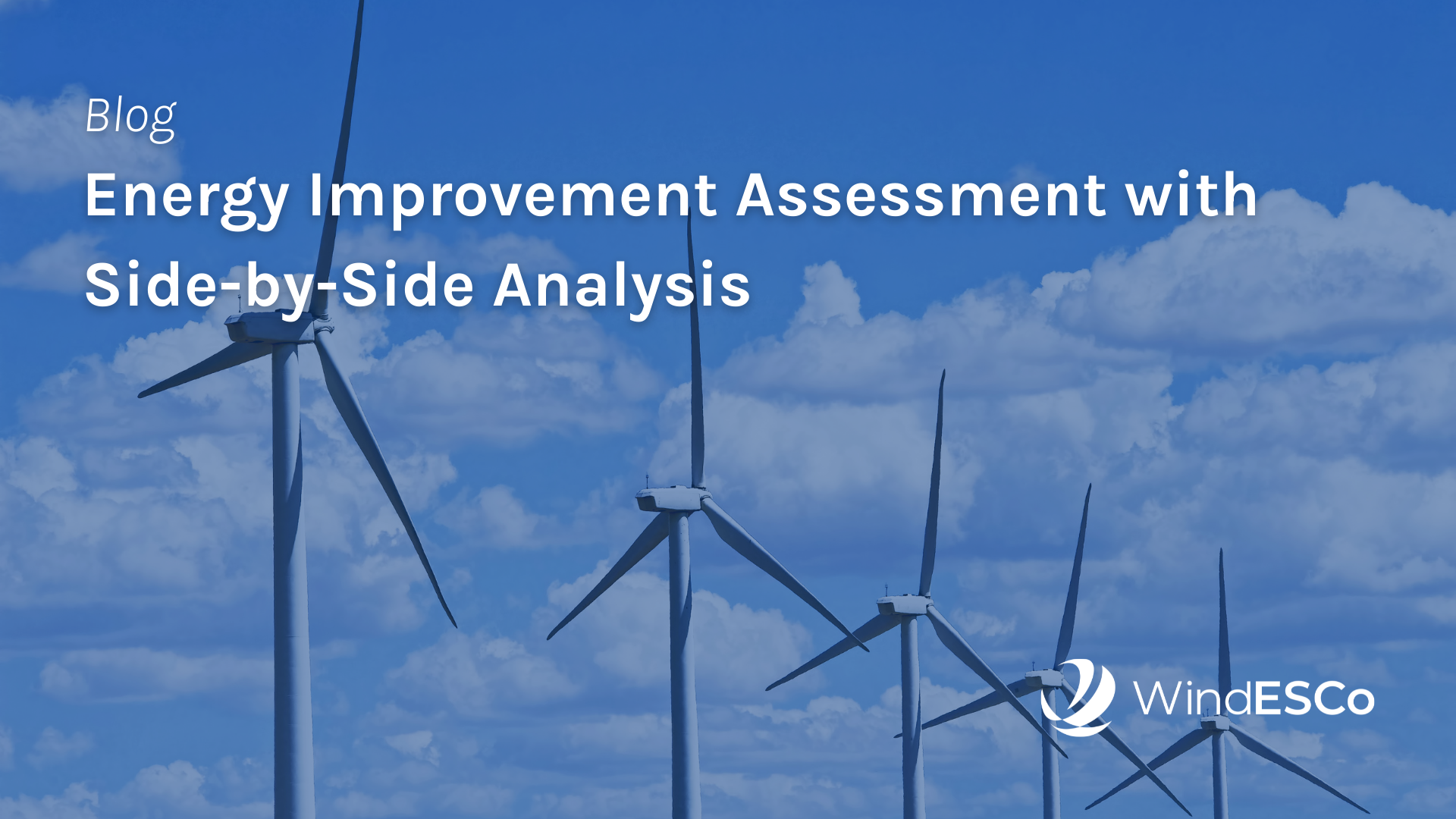
Previously, we've shown that nacelle power curves aren't reliable due to the interaction between the turbine performance and the nacelle transfer...
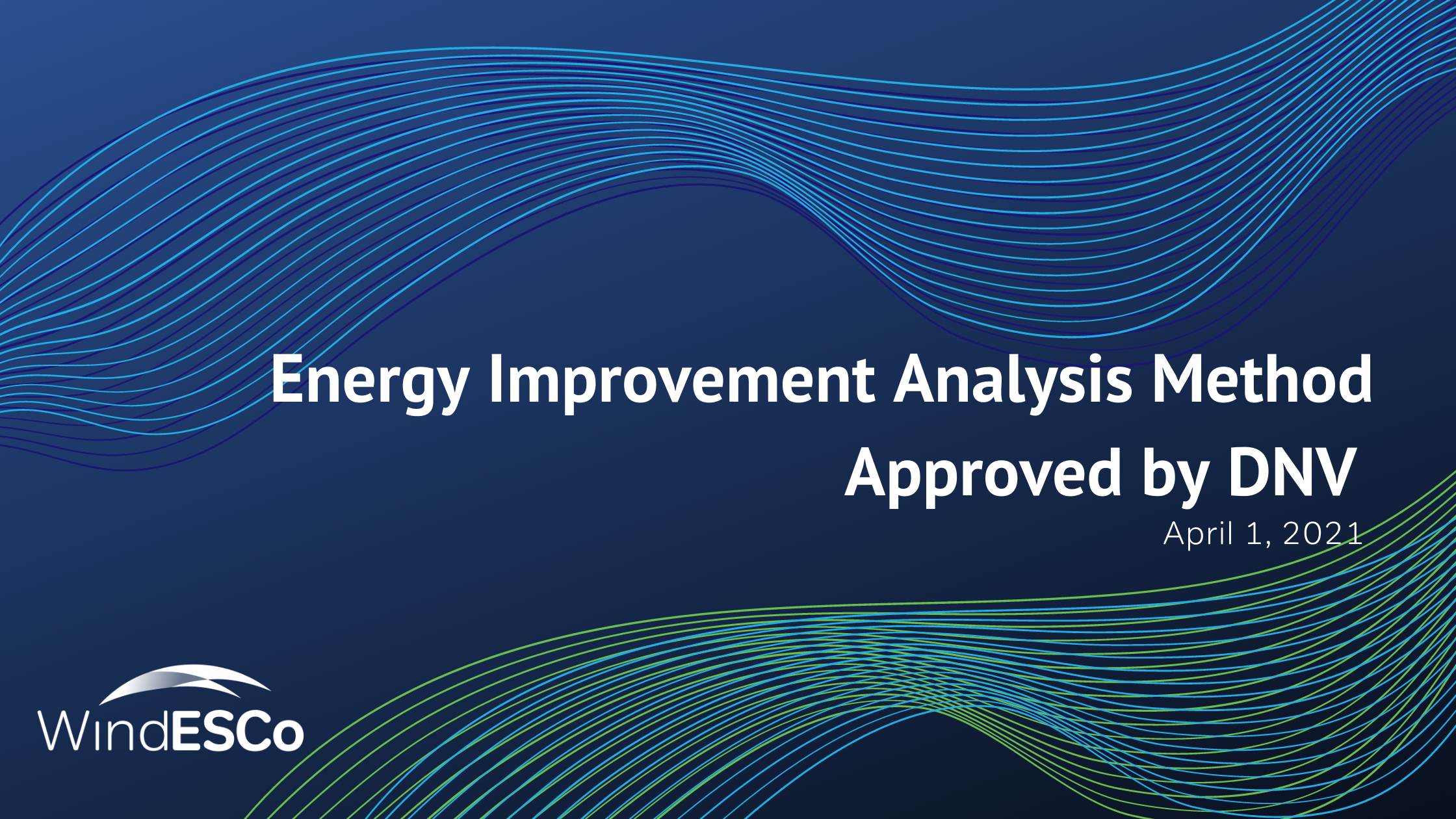
Approval validates the startup’s ability to reliably measure changes in wind turbine performance using state-of-the-art machine learning techniques
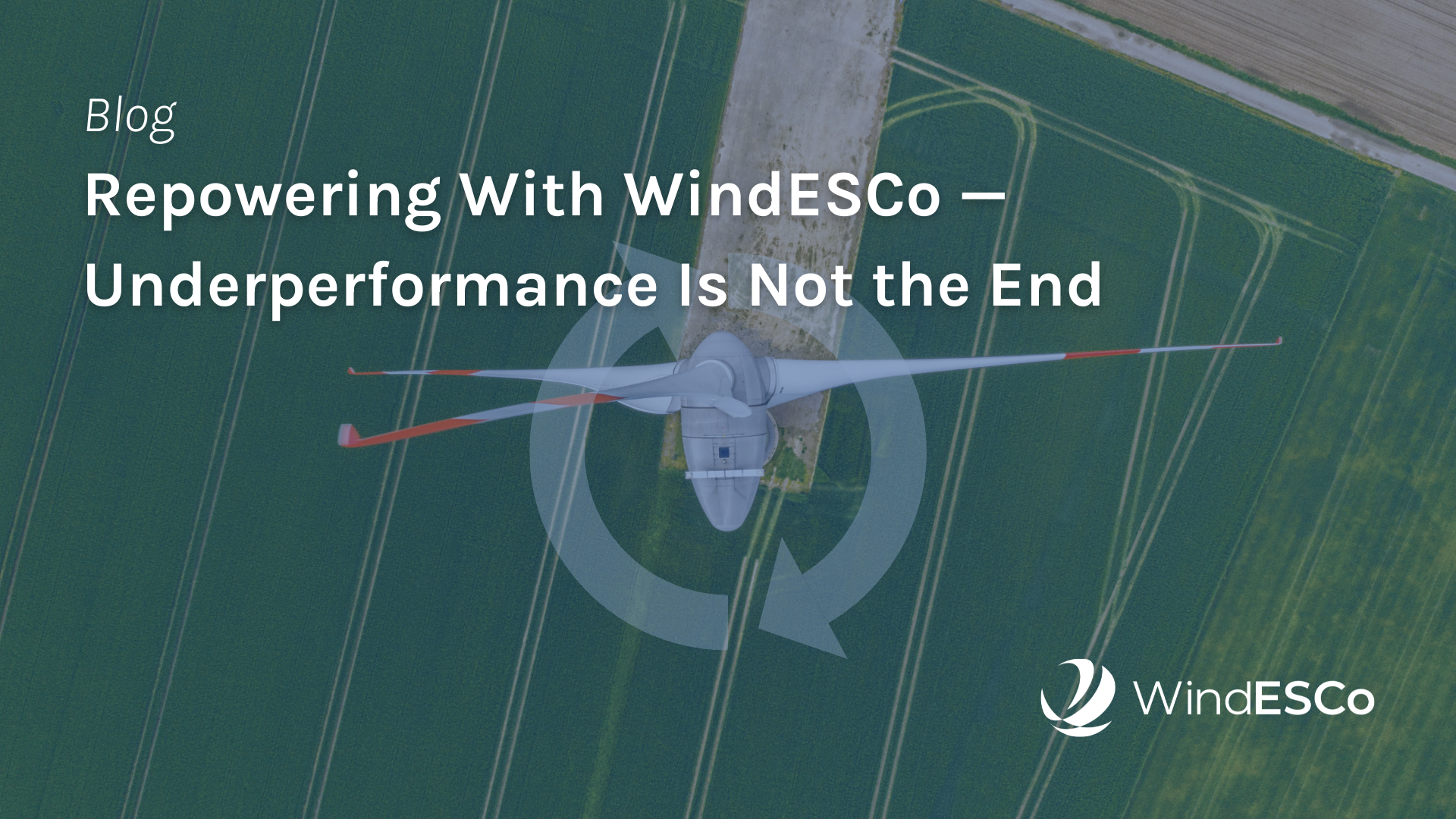
On December 6-7 WindESCo attended the CLEANPOWER 2021 conference in Salt Lake City. During the show, we exhibited WindESCo Swarm™. We also listened...
